Elimination of entropion or ectropion of the eyelids
Entropion is a pathological condition characterized by internal inversion of the eyelid, as a result of which the eyelashes irritate and injure the eyeball. Corneal erosion and eye infections develop. In extreme cases, vision is impaired or lost.

specialists

equipment

treatment
Causes of the disease
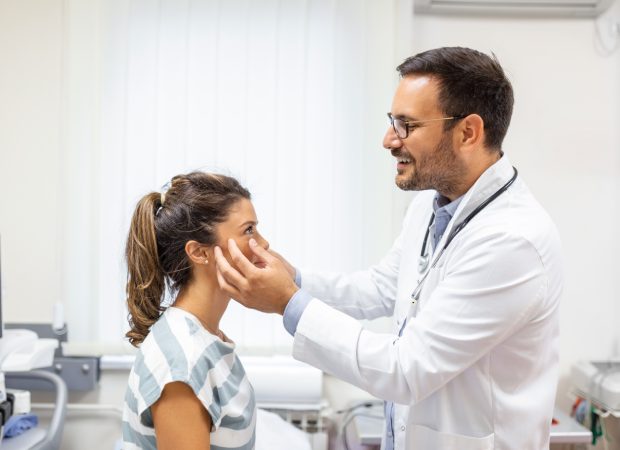
The causes and risk factors for the development of entropion are diverse. The main ones include:
- Age-related changes that cause the skin to lose elasticity and the muscles and ligaments that support the eyelids to weaken, which can cause them to turn inward
- Chronic inflammatory diseases, such as blepharitis or conjunctivitis, cause tissue scarring and changes in the shape of the eyelid
- Injuries and surgical interventions. Damage to the eyelid or their incorrect healing after surgery leads to deformation of the eyelids
- Congenital developmental pathologies and genetic characteristics.
Treatment of entropion is surgical, aimed at correcting the position of the eyelid and preventing further friction of the eyelashes on the eyeball. However, in some cases, temporary measures such as special tapes or ointments may be used to relieve symptoms before surgery.
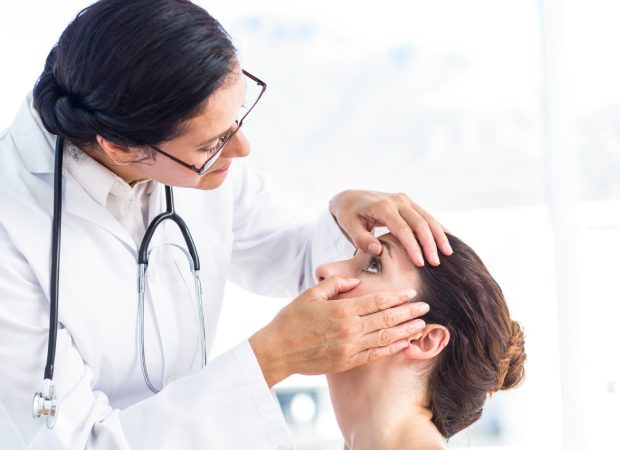
Particular attention should be paid to the prevention of entropion, especially in the elderly. It includes:
- Regular examination by an ophthalmologist
- Adequate treatment of inflammatory diseases of the eyelids
- Proper eyelid skin care, especially after injury
To maintain eye health, it is important not to ignore the first signs of a problem and promptly consult a doctor if:
- Irritations
- Tearing
- Feelings of a foreign body in the eye
These may be early symptoms of entropion.
Plastic surgery at K+31












This award is given to clinics with the highest ratings according to user ratings, a large number of requests from this site, and in the absence of critical violations.

This award is given to clinics with the highest ratings according to user ratings. It means that the place is known, loved, and definitely worth visiting.

The ProDoctors portal collected 500 thousand reviews, compiled a rating of doctors based on them and awarded the best. We are proud that our doctors are among those awarded.
Make an appointment at a convenient time on the nearest date
Price
Reviews 10

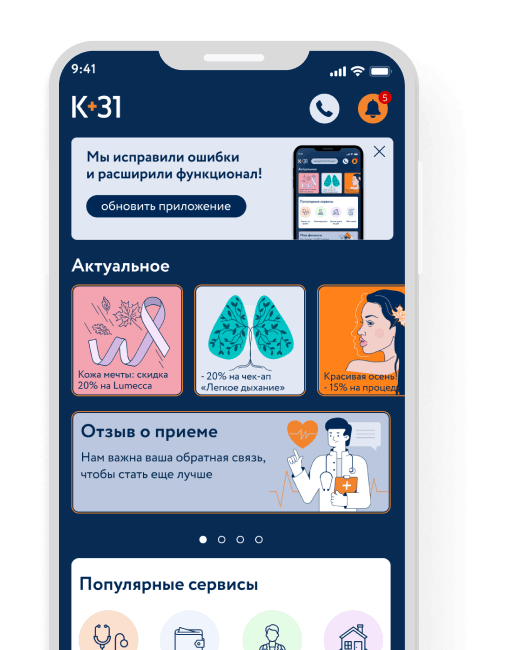
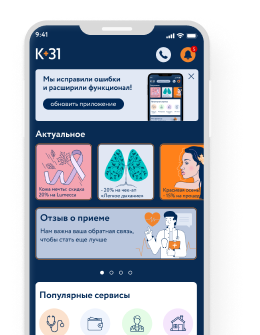


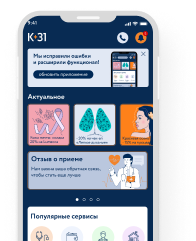
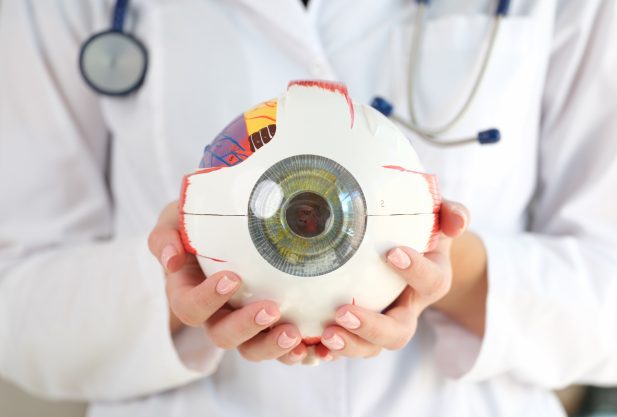


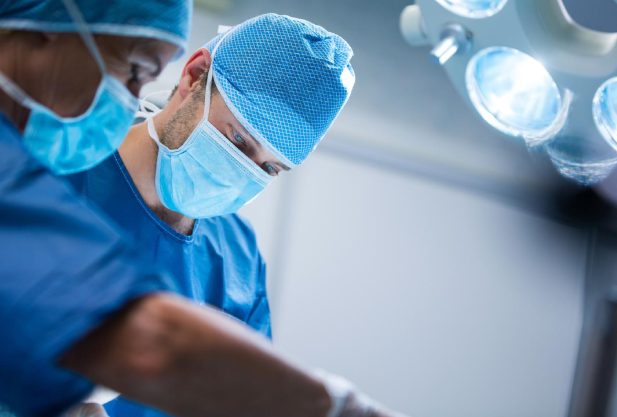

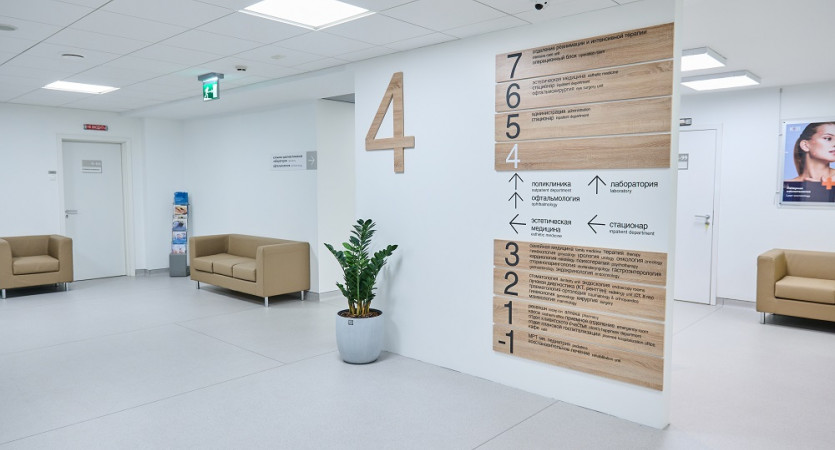
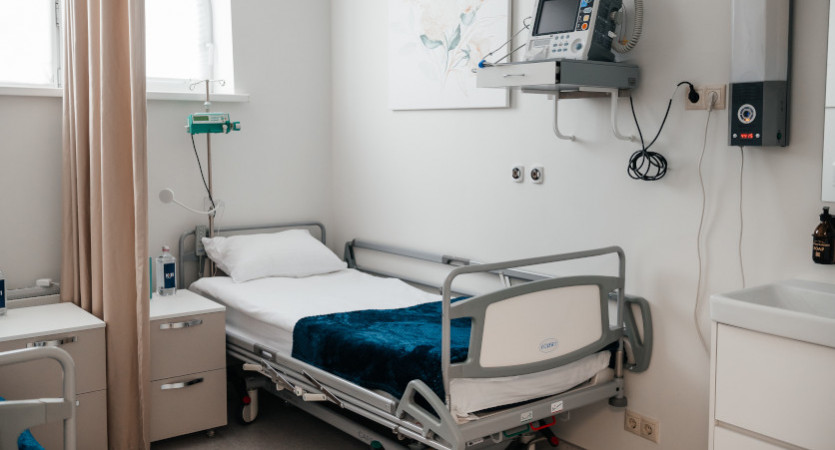
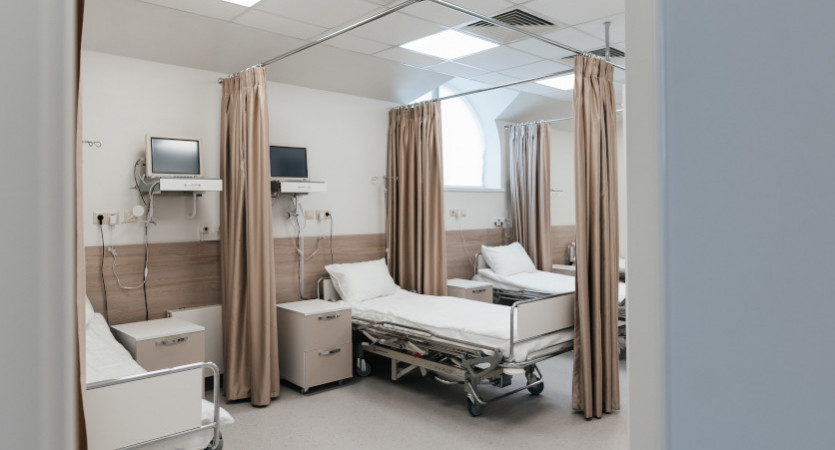
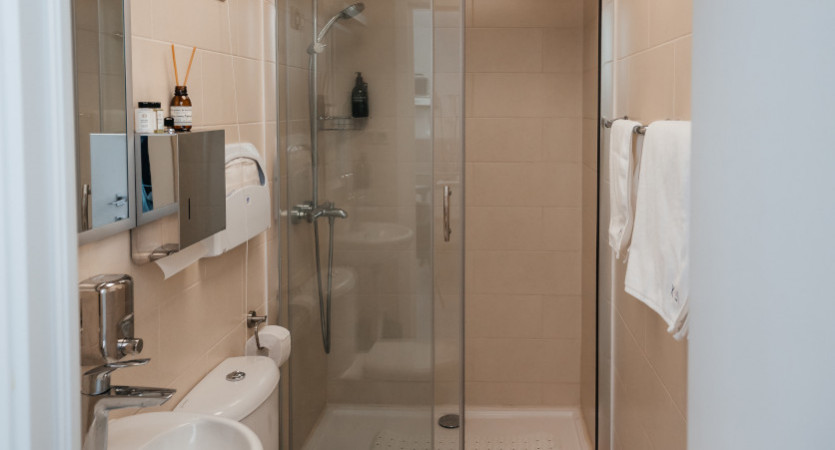
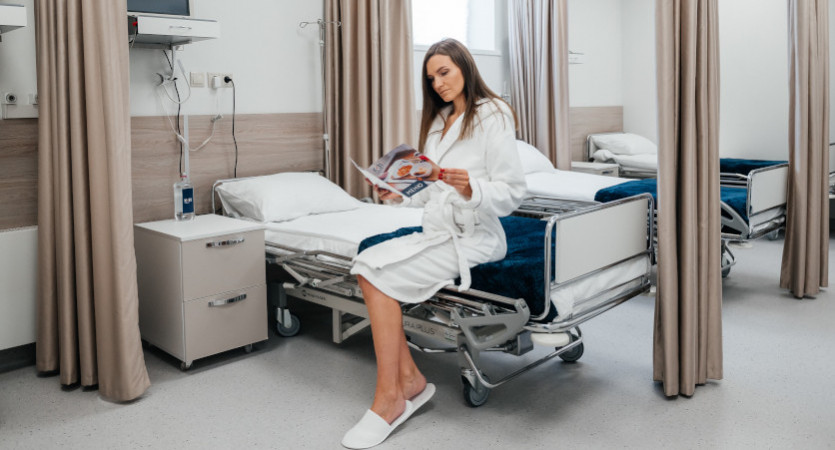
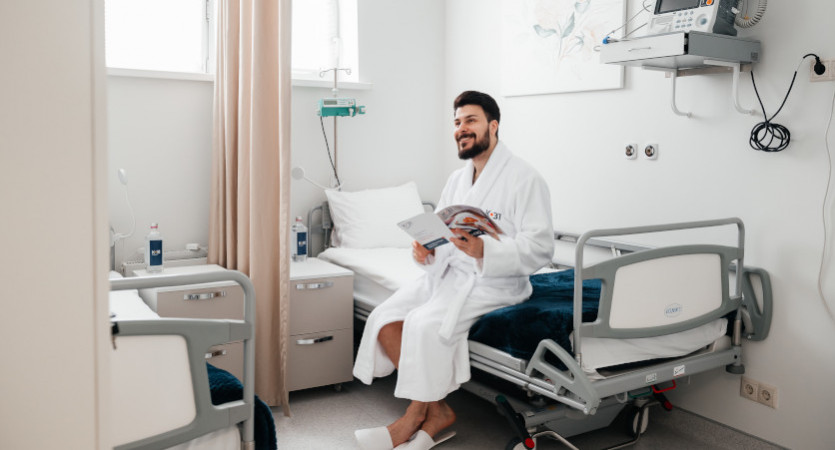
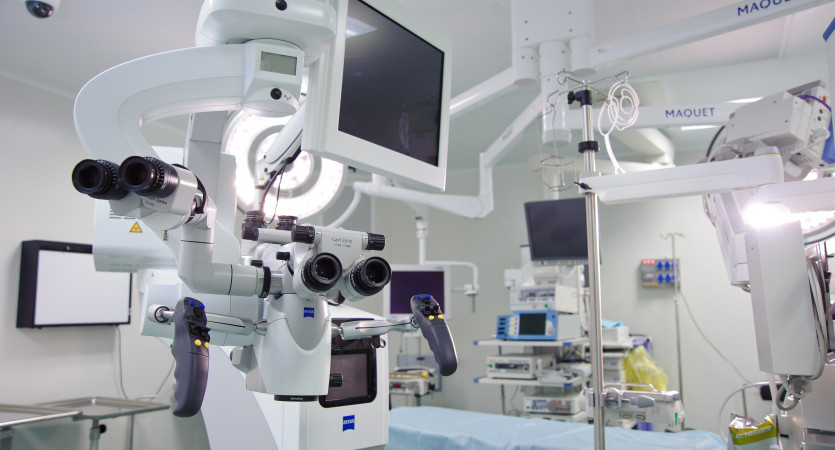

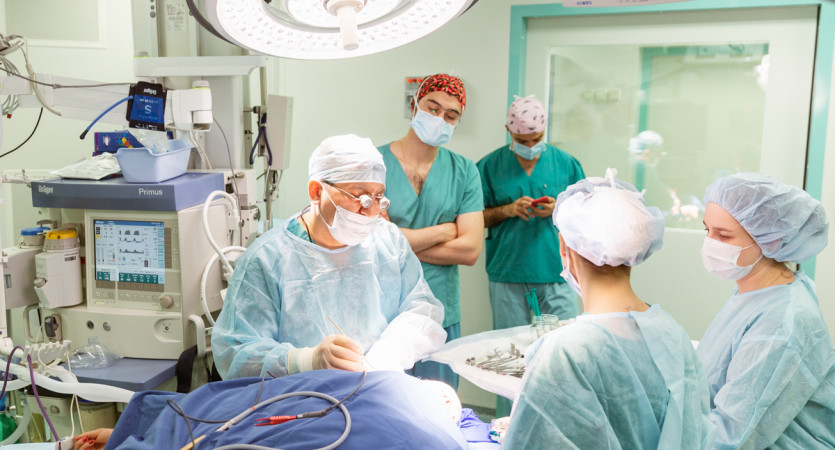

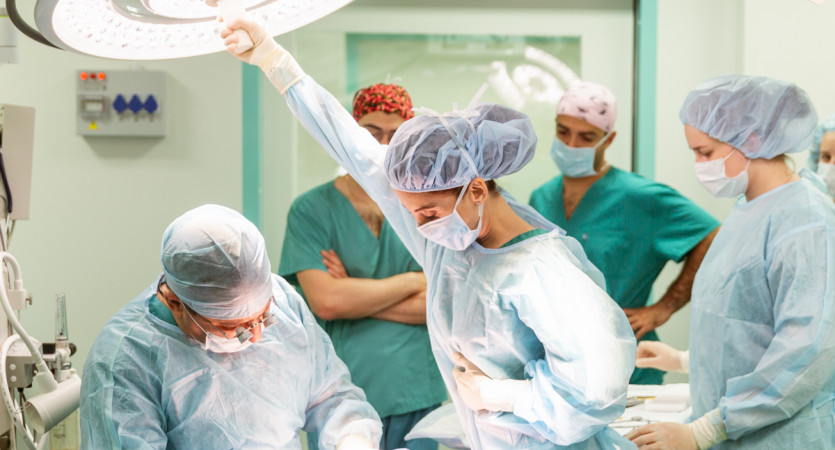
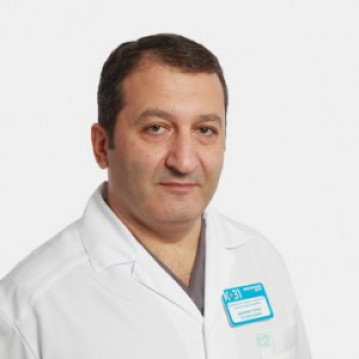



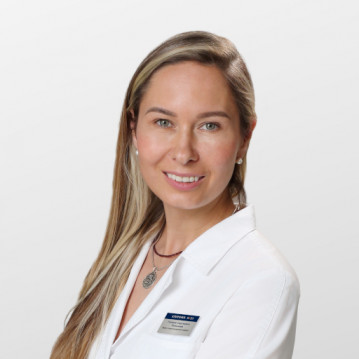
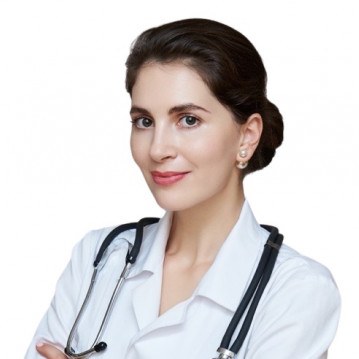
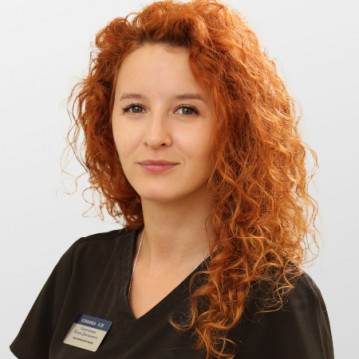
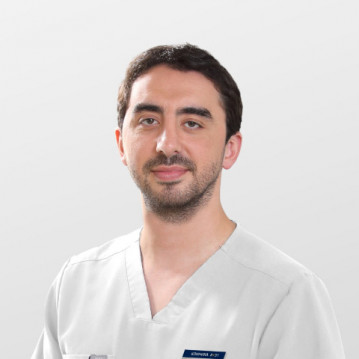
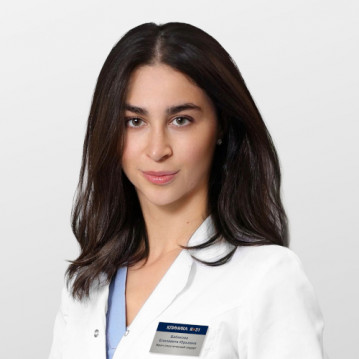
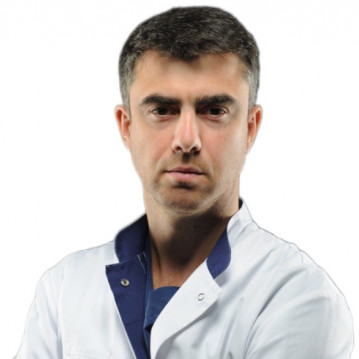
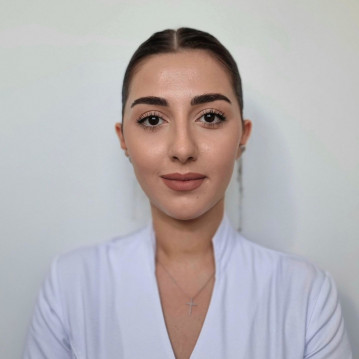
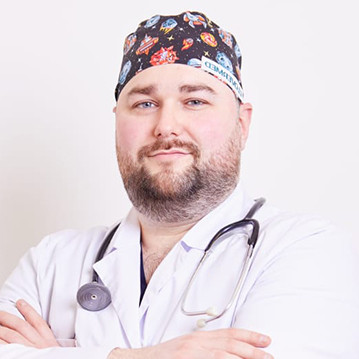



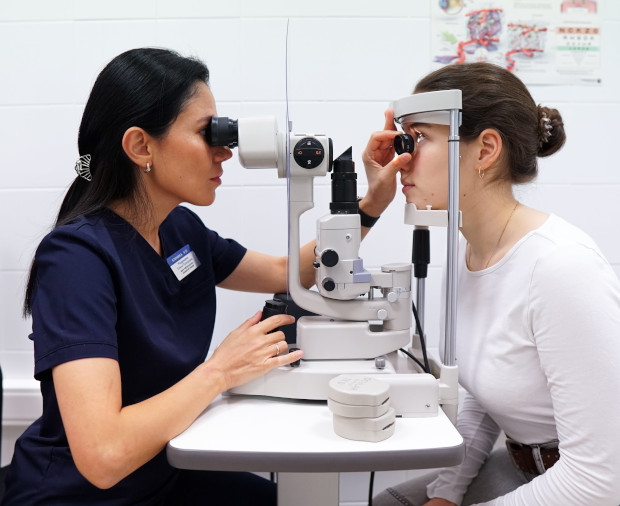


How does the disease manifest itself?
Inversion of the eyelid or entropion is a violation of the structure of the eyelid, in which it turns towards the eyeball. This condition leads to contact of the eyelashes and skin of the eyelid with the conjunctiva and cornea, which causes injury to them. The main mechanism of damage is mechanical friction, where the eyelashes, which are composed of keratin, act as rough particles.
Symptoms of entropion are quite pronounced and include:
In addition to physical discomfort, constant injury to the conjunctiva and cornea can lead to complications such as infectious eye diseases and corneal clouding, which, in turn, reduces visual acuity.
It is extremely important to contact an ophthalmologist in a timely manner if the above symptoms appear. The specialist may suggest conservative treatment methods, such as the use of protective glasses or special drops, and in more serious cases, surgery aimed at restoring the normal anatomical position of the eyelid.
Prevention of entropion involves monitoring the condition of the eyelids, especially in people over 60 years of age. Regular visits to the ophthalmologist and protecting your eyes from injury can reduce the likelihood of developing this disease.